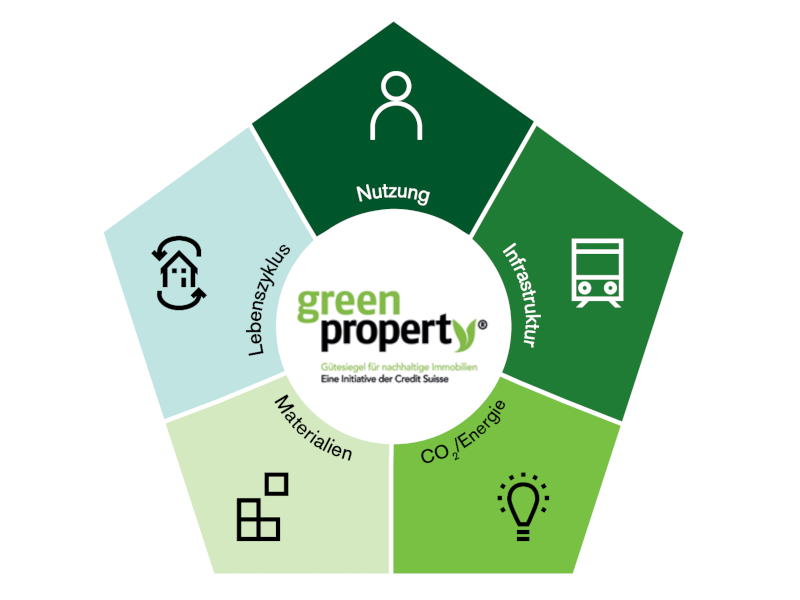
Meeting Sustainable Criteria: Green Building Certification
Green building certifications have become a cornerstone in the construction industry, providing a framework for sustainable and eco-friendly practices. Let’s delve into the criteria that guide these certifications and the impact they have on creating environmentally responsible structures.
Understanding Green Building Certification
Green building certification is a process that evaluates a construction project’s environmental impact and sustainability. Various organizations, such as the Leadership in Energy and Environmental Design (LEED) and the Green Building Initiative (GBI), have developed criteria and standards to assess and certify buildings based on their environmental performance.
Energy Efficiency and Conservation
One fundamental criterion for green building certification is energy efficiency. Certified buildings must demonstrate the use of energy-efficient technologies and design strategies to minimize energy consumption. This includes the integration of renewable energy sources, efficient HVAC systems, and smart building technologies to optimize energy usage.
Sustainable Materials and Resources
Another crucial aspect of green building certification criteria is the use of sustainable materials and resources. This involves selecting materials with low environmental impact, promoting recycled content, and ensuring responsible sourcing. By prioritizing sustainable materials, certified buildings contribute to reducing the overall carbon footprint associated with construction projects.
Water Efficiency Measures
Green building certifications prioritize water conservation through efficient water management practices. This includes the installation of water-efficient fixtures, rainwater harvesting systems, and landscaping strategies that reduce the need for excessive irrigation. Certifications encourage buildings to adopt technologies and designs that minimize water wastage.
Indoor Environmental Quality
Ensuring a healthy and comfortable indoor environment is a key criterion for green building certification. This involves implementing measures to enhance indoor air quality, such as proper ventilation systems, low-emission materials, and designs that maximize natural light. Certifications aim to create spaces that prioritize the well-being and comfort of occupants.
Site Selection and Development Impact
Certified green buildings consider the environmental impact of site selection and development. Criteria often encourage projects to choose locations that minimize disruption to natural habitats, promote biodiversity, and prioritize sustainable land use planning. This holistic approach ensures that the entire life cycle of the building aligns with environmentally responsible practices.
Innovation and Design Process
Green building certifications often reward innovation in design and construction processes. Projects that go beyond standard criteria to implement cutting-edge technologies or demonstrate exceptional sustainability efforts may receive additional recognition. This encourages continuous improvement and pushes the industry toward more advanced and sustainable practices.
Economic Viability and Cost-Effectiveness
Addressing the economic aspects of sustainability is integral to green building certifications. Criteria consider the cost-effectiveness of sustainable practices and technologies, ensuring that green building solutions are not only environmentally friendly but also economically viable. This approach promotes the widespread adoption of sustainable practices within the construction industry.
Social Responsibility and Community Impact
Some green building certifications incorporate criteria related to social responsibility and community impact. This may include considerations for community engagement, social equity, and the overall positive influence of the building on its surroundings. By addressing these aspects, green buildings contribute to the well-being of both the environment and the communities they serve.
Exploring Green Building Certification Criteria at waslinfo.org
For those interested in delving deeper into the world of green building certification criteria, waslinfo.org is a valuable resource. Offering insights, guides, and the latest trends, this platform is dedicated to providing information that empowers individuals navigating the sustainable construction landscape.
Green Building Certification Criteria play a pivotal role in shaping the future of construction, driving the industry toward environmentally responsible and sustainable practices. As the demand for sustainable buildings continues to grow, staying informed through platforms like waslinfo.org becomes essential for industry professionals and environmentally conscious individuals alike.
